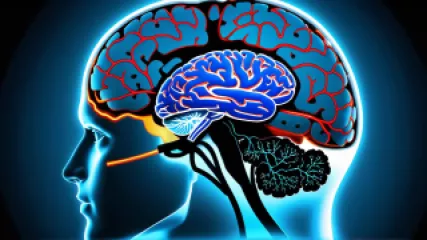Top 7 Gratitude Therapy Exercises for Depression Relief
1 year ago
Psychology of Gratitude
Top 10 Myths About Mental Health Stigma Debunked
1 year ago
Mental Health Stigma
Learning from Fiction: A Holiday Stress Relief Program
1 year ago
Holiday Stress
Mindfulness Techniques for Coping with Chronic Illness
1 year ago
Coping with Chronic Illness
Transform Your Mindset with These Mindfulness Practices
1 year ago
Mindset Change
Unraveling Intelligence Theories: What are the most effective intelligence improvement techniques?
1 year ago
Intelligence Theories
How does cultural identity contribute to personal growth and healing?
1 year ago
Cultural Identity
Latest Research on Online Counseling for Bipolar Disorder
1 year ago
Bipolar Disorder
Empowering Teenage Mental Health Support: A Conversation on Self-Esteem Issues
1 year ago
Teen Self Esteem Issues
Expert Insights on Common Cognitive Distortion Types
1 year ago
Cognitive Distortion Types
How Can Veterans Find Reliable Online Support?
1 year ago
Therapy for Veterans
Transforming My Mental Health Through Yoga
1 year ago
Yoga for Mental Health














